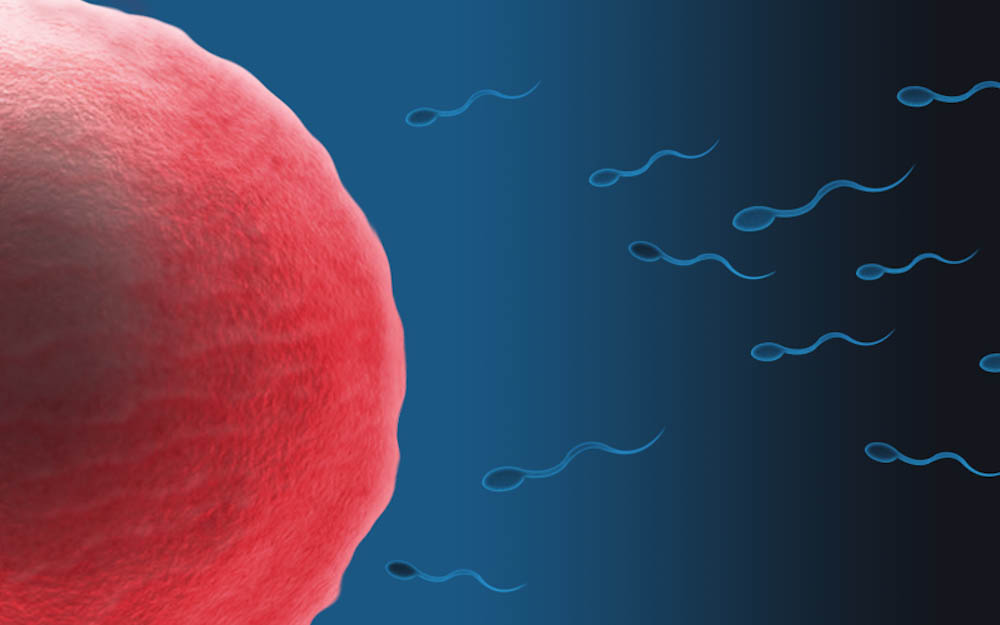
This post originally appeared on Notes, Boston Children’s Hospital’s Clinical Health Blog.
With over 75 percent of children diagnosed with cancer surviving into adulthood, more and more parents ask questions about the quality of life survivors can expect in the future, including: Will my child be able to have children down the road?
They’re right to be concerned. The therapies that are so effective at saving children’s lives can themselves cause a host of problems that don’t manifest until years later. These late effects of cancer treatment include particularly harsh impacts on fertility.
“Cancer treatment impairs ovarian function by reducing the number of eggs in them,” says Elizabeth Ginsburg, MD, a fertility specialist at Brigham and Women’s Hospital who collaborates with Lisa Diller, MD, the chief medical officer of Dana-Farber/Boston Children’s Cancer and Blood Disorders Center. “It’s as though it pushes the ovaries further down the age curve. So while a woman who has survived childhood cancer may be 20 years old, her ovaries act like they’re 35 or 40.”
Boys are not exempt from these concerns. “Boys are at the same relative risk for infertility due to treatment,” says Richard Yu, MD, PhD, who works on male infertility in the Boston Children’s Department of Urology. “The same chemotherapy and radiation treatments that affect the ovaries can also wipe out the sperm stem cells in the testes.”
Learn more:
Ideally, every child diagnosed with cancer would bank eggs or sperm before treatment. But banking is not always an option, particularly for children who start treatment before puberty and don’t yet have mature cells to donate. There are alternatives for these children — ovarian tissue preservation for girls and testicular tissue preservation for boys — but neither has officially been proven effective in the long term.
“The technology is there to collect sperm stem cells,” says Yu, “with the idea that the cells can be re-implanted later or stimulated to develop into mature sperm. But the process is still experimental.”
Ginsburg lists the many obstacles to ovarian tissue preservation: it too is still experimental; it is invasive; it costs thousands of dollars; not all tissue survives the freezing process; it’s not known how long the tissue can remain frozen; and the tissue can’t be re-implanted if any cancerous cells are present for fear of re-introducing the cancer.
Both Ginsburg and Yu also readily admit that these alternatives really constitute a leap of faith: a hope that technologies for successfully re-implanting and stimulating tissues, or maturing eggs and sperm in the laboratory without re-implanting, will become more reliable and effective by the time these children grow up. And both researchers are working to make tissue preservation a more feasible option so that the tissue will be there when the technology catches up.
Diller and colleagues completed a clinical trial to learn whether an ovarian marker called anti-Mullerian hormone (AMH) could help doctors tell which girls are at high risk for infertility after treatment, and which would most benefit from either egg or ovarian tissue banking. AMH levels track the effects of treatment: The more aggressive or the longer the treatment, the lower the levels. “AMH is a good marker of ovarian reserve in adult women, and we think it can also be useful in pediatrics to give a snapshot of fertility potential,” says Ginsburg.
On the male front, biopsies collected from boys are being used to identify new sperm stem cell markers. “It may be possible to separate the cancerous and healthy cells, and also find better ways of enticing the stem cells to mature,” he says. Several research groups are exploring techniques for generating sperm in a culture dish, and even through xenotransplantation. “We might use something like an immunocompromised mouse as a host or ‘living incubator’ to generate sperm from the stem cells.”
The technologies for reconstituting fertility are far from ready. But that makes the hunt for better preservation options more urgent. “There’s a huge segment of the pediatric oncology population that’s at risk for infertility,” says Yu. “It may take 15 or 20 years to develop the techniques to help a child who is 8 years old now. But if you don’t preserve something now, you run the risk of not being able to do anything for them later, which is where we are now with a large number of adults who survived childhood cancer.”
